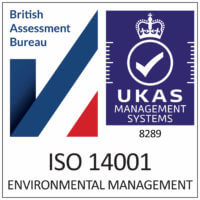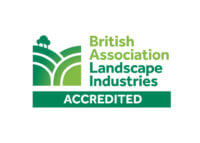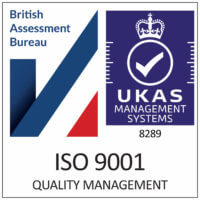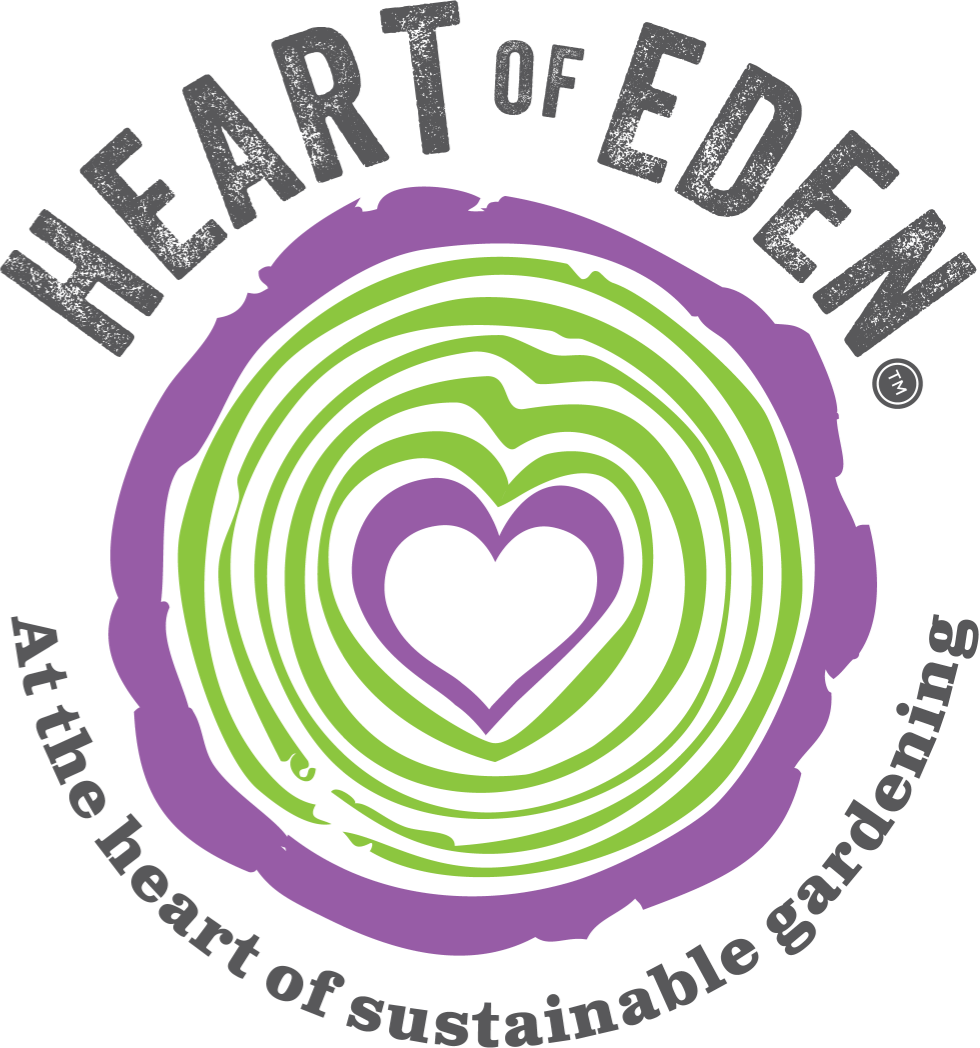Can enriched topsoil be used for transplanting plants?
Nov 23rd 2023
If you’re a gardening enthusiast or someone looking to transplant plants, you may have wondered whether enriched topsoil could be a suitable option. In this article, we explore the possibilities of using enriched topsoil for transplanting plants and discuss its potential benefits. Let’s take a closer look at whether this method can enhance the growth and vitality of your beloved greenery.
Benefits of Enriched Topsoil for Transplanting Plants
Increased Nutrient Availability
Enriched topsoil contains a higher concentration of essential nutrients, which are vital for the healthy growth and development of plants.
Improved Soil Structure
Enriched topsoil also plays a crucial role in improving soil structure. It helps to create a loose and well-aerated soil, allowing the roots of transplanted plants to penetrate easily and establish themselves more effectively. The improved soil structure also facilitates the movement of water and nutrients, promoting better overall plant health.
Enhanced Soil Moisture Retention
One of the key benefits of enriched topsoil is its ability to retain moisture. The organic matter present in enriched topsoil acts as a sponge, absorbing and holding onto water, which is then gradually released to the plant roots. This helps to prevent water loss due to evaporation and ensures that plants have a consistent and adequate supply of moisture, even during periods of drought or water scarcity.
Promotes Root Growth
Enriched topsoil provides an ideal environment for root growth. The organic matter and nutrients in the topsoil stimulate root development, allowing plants to establish a strong and healthy root system. A robust root system is essential for efficient nutrient uptake and water absorption, enabling plants to grow vigorously and establish themselves quickly in their new environment.
Prevents Nutrient Deficiencies
Using enriched topsoil during transplanting can help prevent nutrient deficiencies in plants. Nutrient deficiencies can lead to stunted growth, yellowing leaves, and poor overall health. However, the enriched topsoil provides a rich source of essential nutrients, ensuring that plants have access to everything they need for optimal growth and development.
Boosts Plant Health and Vigor
Enriched topsoil contributes to the overall health and vigor of transplanted plants. By providing a balanced and nutrient-rich growing medium, it helps plants to grow stronger, resist diseases and pests, and produce higher quality yields. Healthy and vigorous plants are better equipped to withstand environmental stressors and have a higher likelihood of thriving in their new location.
Reduces Transplant Shock
Transplant shock can occur when plants are moved from one location to another, resulting in stress and temporary growth setbacks. Enriched topsoil helps to reduce transplant shock by providing plants with the necessary nutrients and support for a smooth transition. The improved soil structure and moisture retention properties of enriched topsoil help to minimize the stress imposed on plants, allowing them to recover more quickly and resume normal growth.
Encourages Microbial Activity
Enriched topsoil promotes the growth and activity of beneficial soil microorganisms. These microorganisms play a crucial role in breaking down organic matter, releasing nutrients, and improving soil fertility. The presence of microbial activity helps create a favorable soil environment for the growth and establishment of transplanted plants.
Provides Long-term Soil Enrichment
Using enriched topsoil for transplanting not only benefits the plants in the short term but also contributes to long-term soil enrichment. The organic matter and nutrients present in the topsoil gradually decompose, releasing valuable nutrients into the soil over time. This continuous enrichment improves soil health, fertility, and overall productivity, making it a sustainable and environmentally friendly option for transplanting plants.
Understanding Enriched Topsoil
Definition and Composition
Enriched topsoil is a specially formulated mixture of organic matter, nutrients, and other beneficial additives that are added to the existin
Role of Organic Matter
Organic matter is a vital component of enriched topsoil. It provides nutrients, improves soil structure, and enhances moisture retention. As the organic matter decomposes, it releases nutrients gradually, ensuring a steady supply for plant growth. Organic matter also improves the cation exchange capacity of the soil, allowing it to hold onto essential nutrients and prevent leaching.
Soil Texture and Drainage
Enriched topsoil should ideally have a loamy texture, which provides a balance between water retention and drainage. Loamy soil allows for adequate water absorption while preventing waterlogged conditions that can lead to root rot. It also provides a favorable environment for root penetration and establishment.
Importance of Soil Testing
Before using enriched topsoil for transplanting, it is essential to conduct a soil test to determine the current nutrient composition and pH levels of the existing soil. This helps identify any deficiencies or imbalances that need to be addressed. The results of the soil test can guide the selection and formulation of the enriched topsoil to ensure it meets the specific needs of the transplanted plants.
Transplanting Considerations
Transplanting Basics
Transplanting is the process of moving a plant from one location to another. It is a delicate operation that requires careful handling to minimize damage to the plant’s roots and ensure successful establishment in the new environment. Understanding the basics of transplanting is crucial before incorporating enriched topsoil into the process.
Suitability for Different Plants
The suitability of enriched topsoil for transplanting depends on the specific plant species and their individual requirements. Some plants may thrive in enriched topsoil, while others may prefer different soil conditions. It is important to research and understand the needs of the plants being transplanted to determine whether enriched topsoil is the appropriate choice.
Choosing the Right Time
Timing is essential when it comes to transplanting plants. It is best to transplant during the plant’s dormant period or when the weather conditions are favorable. Transplanting during extreme temperatures or when the plant is actively growing can increase the risk of transplant shock. Choosing the right time ensures a smoother transition and better chances of success.
Selecting Plants for Transplanting
Not all plants are suitable for transplanting, as some have more delicate or sensitive root systems. It is important to choose plants that have well-developed, healthy root systems and can tolerate the stress of transplantation. Ensuring the plants are suitable for transplanting increases the likelihood of successful establishment in the new location.
Preparing Transplant Hole
Before transplanting, it is crucial to prepare the transplant hole. The hole should be wide and deep enough to accommodate the plant’s root system. A properly prepared transplant hole provides ample space for the roots to spread out and establish contact with the enriched topsoil, promoting successful growth and development.
Watering Techniques
Proper watering techniques are essential during and after transplanting. It is important to thoroughly water the transplanted plant immediately after placing it in the hole. This ensures that the enriched topsoil is moist and makes it easier for the plant roots to access the available water. Regular watering should be provided in the following weeks until the plant becomes established in its new location.
Mulching and Protection
Mulching the transplanted plants provides several benefits, including conserving moisture, suppressing weed growth, and protecting the plant roots from extreme temperatures. Mulch acts as a protective layer on top of the enriched topsoil, helping to maintain a more stable soil temperature and preventing moisture loss through evaporation.
Understanding Transplant Shock
Transplant shock refers to the stress and setbacks that plants may experience when moved from one location to another. It is a common occurrence during transplantation, but proper preparation and care can help minimize its effects. Transplant shock can manifest as wilting, yellowing leaves, or slowed growth. Understanding transplant shock and implementing measures to reduce its impact is crucial for the successful establishment of transplanted plants.
Potential Risk Factors
Transplanting is not without its risks, and it is important to be aware of potential factors that can affect the success of the transplant. Factors such as improper handling, insufficient watering, extreme weather conditions, or pre-existing pest and disease issues can all impact the health and survival of transplanted plants. Identifying these risk factors and implementing appropriate measures can help mitigate potential problems and maximize the chances of success.
Applying Enriched Topsoil for Transplanting
Determining Plant Requirements
Before applying enriched topsoil, it is essential to determine the specific nutrient requirements of the plants being transplanted. Different plants have different nutrient preferences, and their nutrient needs should be considered when formulating the enriched topsoil mix. Conducting a soil test and consulting plant-specific resources can help determine the ideal nutrient balance for the transplanted plants.
Preparing Topsoil
To prepare enriched topsoil, a blend of organic matter, nutrients, and additives is typically mixed together. The specific composition will depend on the desired nutrient ratios and the needs of the transplanted plants. Care should be taken to thoroughly mix the components to ensure a homogeneous mixture that provides consistent nutrient distribution.
Addressing Drainage Issues
Proper drainage is a crucial factor for successful plant growth. If the existing soil has poor drainage, it is important to address this issue before applying enriched topsoil. This can be done by adding amendments or improving soil structure to ensure that excess water can drain away from the plant roots. Adequate drainage prevents waterlogged conditions and helps avoid root rot and other related problems.
Testing Soil before Transplanting
Before applying enriched topsoil and transplanting plants, it is essential to conduct a soil test to assess the existing soil conditions. The test provides important information about nutrient levels, pH levels, and other soil properties, which help determine the necessary amendments and composition of the enriched topsoil. Soil testing is an essential step in ensuring that the transplanted plants have the best possible growing conditions for successful establishment.
Incorporating Enriched Topsoil into Transplanting Practices
Layering or Mixing Methods
Enriched topsoil can be incorporated into transplanting practices using layering or mixing methods. Layering involves placing a layer of enriched topsoil below or above the existing soil, providing an immediate source of nutrients for the transplanted plants. Mixing, on the other hand, involves thoroughly blending the enriched topsoil with the existing soil to create a consistent growing medium throughout the planting area.
Creating Soil Mounds or Raised Beds
Creating soil mounds or raised beds is another effective way to incorporate enriched topsoil into transplanting practices. Mounds or raised beds provide improved drainage and a more favorable growing environment for transplanted plants. By filling these elevated areas with enriched topsoil, plants can benefit from the enhanced nutrient availability and soil structure.
Implementing Topdressing Techniques
Topdressing refers to the practice of applying a thin layer of enriched topsoil on the surface of the existing soil. This technique is particularly useful for established plants that may benefit from an additional nutrient boost. Topdressing can be applied around the base of the plant or spread evenly over the entire planting area to provide a slow-release source of nutrients.
Plants Suitable for Enriched Topsoil
Enriched topsoil can be used for a wide variety of plants, including vegetables, flowers, shrubs, and trees. However, it is important to consider the specific nutrient requirements and preferences of individual plants before incorporating enriched topsoil. Some plants may have specific soil preferences or exhibit better growth and performance with certain nutrient ratios.
Container Plant Transplanting
Transplanting container-grown plants presents unique challenges, but enriched topsoil can still be beneficial in these situations. Container plants often have limited access to nutrients and rooting space, which can hinder their establishment in the new location. By using enriched topsoil during container plant transplanting, plants can benefit from improved soil structure, nutrient availability, and overall growing conditions.
Holding Transplants in Containers
Sometimes, it may be necessary to hold transplants in containers before planting them in their final location. Enriched topsoil can be used as the growing medium in these containers, providing the transplants with the necessary nutrients and support for continued growth. This ensures that the plants remain healthy and well-nourished during the holding period before they are transplanted.
Filling Transplant Holes
When transplanting plants, it is important to fill the transplant hole with enriched topsoil to provide an immediate source of nutrients and support for the transplanted plant. Care must be taken to pack the enriched topsoil gently around the root system, ensuring proper contact and avoiding any air pockets. This helps promote efficient nutrient uptake and root establishment.
Watering and Post-transplant Care
Proper watering and post-transplant care are crucial for successful establishment and growth of transplanted plants. Watering immediately after transplanting helps settle the enriched topsoil and ensures that the plant roots have access to water. Regular watering in the following weeks is necessary to prevent moisture stress and promote healthy growth. Additionally, post-transplant care measures such as pruning, staking, and pest control should be implemented as needed to optimize plant health.
Monitoring Plant Growth and Success
Careful monitoring of transplanted plants is essential to assess their growth and success. Regularly observing the plants for signs of healthy growth, pest or disease issues, and nutrient deficiencies allows for timely intervention and adjustment of soil conditions if necessary. Monitoring helps ensure that the transplanted plants have optimal growing conditions and can successfully establish themselves in their new environment.
Benefits over Traditional Transplanting Methods
Improved Growth and Survival Rates
Enriched topsoil provides plants with the necessary nutrients, organic matter, and support for optimal growth and survival. Compared to traditional transplanting methods that rely solely on the existing soil, enriched topsoil offers a more fertile and nurturing environment for transplanted plants. This leads to improved growth rates, increased survival rates, and overall better plant performance.
Enhanced Plant Establishment
Enriched topsoil promotes better establishment of transplanted plants. The improved soil structure, water retention, and nutrient availability that enriched topsoil provides create an environment conducive to successful root growth and establishment. With a strong and healthy root system, transplanted plants can establish themselves more effectively and establish healthier and more robust plant growth.
Accelerated Root Development
Enriched topsoil encourages accelerated root development in transplanted plants. The enhanced nutrient availability and improved soil structure provided by enriched topsoil promote faster and more extensive root growth. This leads to improved nutrient uptake, increased water absorption, and overall better root establishment. Accelerated root development ensures that transplanted plants can access the necessary resources for healthy growth and development.
Reduced Nutrient Loss
Traditional transplanting methods often result in some degree of nutrient loss, as the existing soil may not provide a sufficient supply of nutrients for the transplanted plants. Enriched topsoil helps to reduce nutrient loss by providing a rich source of nutrients that are readily available to the plants. This ensures that the transplanted plants have access to the nutrients they need to thrive, minimizing the risk of nutrient deficiencies and promoting optimal growth and development.
Minimized Transplant Shock
Transplant shock can be a significant issue when plants are moved from one location to another. However, using enriched topsoil during transplanting can help minimize the effects of transplant shock. The improved soil structure, moisture retention, and nutrient availability provided by enriched topsoil reduce the stress imposed on transplanted plants and promote their successful acclimatization to the new environment.
Long-term Soil Health Improvement
Enriched topsoil not only benefits the transplanted plants in the short term but also contributes to long-term soil health improvement. The organic matter, nutrients, and beneficial additives in enriched topsoil gradually decompose, releasing valuable nutrients into the soil over time. This continuous soil enrichment improves soil health, fertility, and overall productivity, making it an environmentally sustainable choice for transplanting plants.
Higher Crop Yields
Using enriched topsoil for transplanting can result in higher crop yields for agricultural applications. The improved nutrient availability, soil structure, and moisture retention properties of enriched topsoil create a favorable environment for crop growth and development. By providing an optimal growing medium, enriched topsoil promotes healthier plants and higher yield potential, leading to increased productivity.
Sustainable and Environmentally Friendly
Enriched topsoil offers a sustainable and environmentally friendly alternative to traditional transplanting methods. By incorporating organic matter, compost, and other natural additives, enriched topsoil reduces the reliance on synthetic fertilizers and pesticides, minimizing the environmental impact. Additionally, the long-term soil health improvement provided by enriched topsoil promotes sustainable land management practices.






